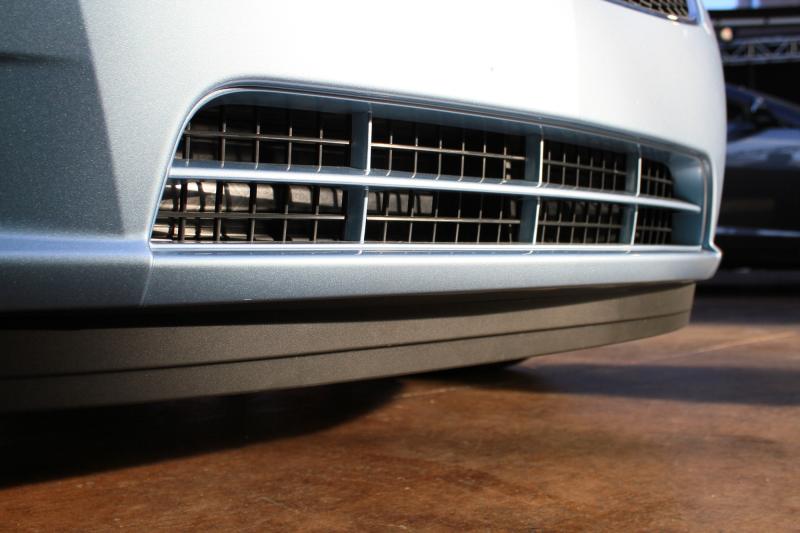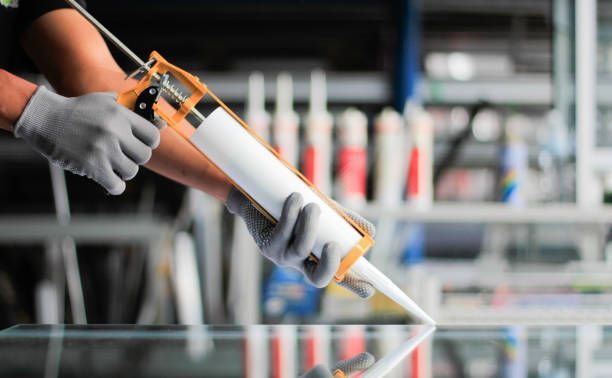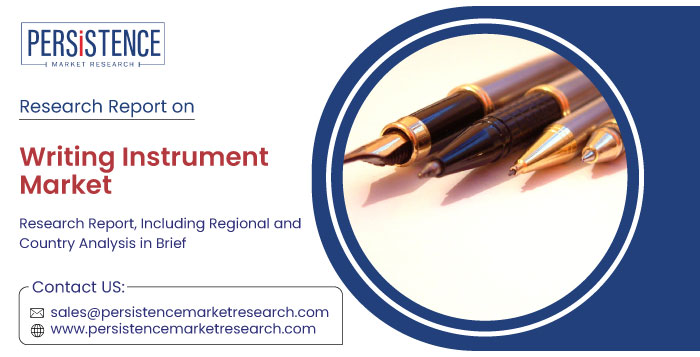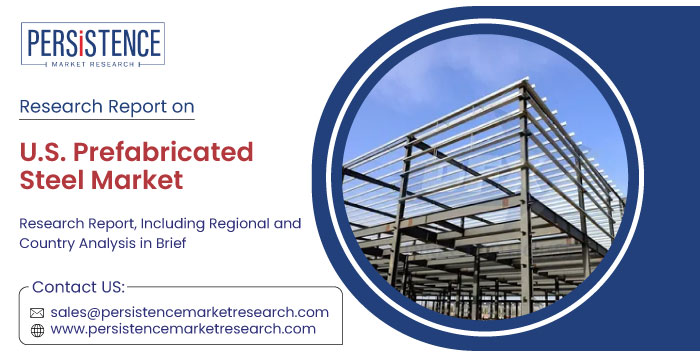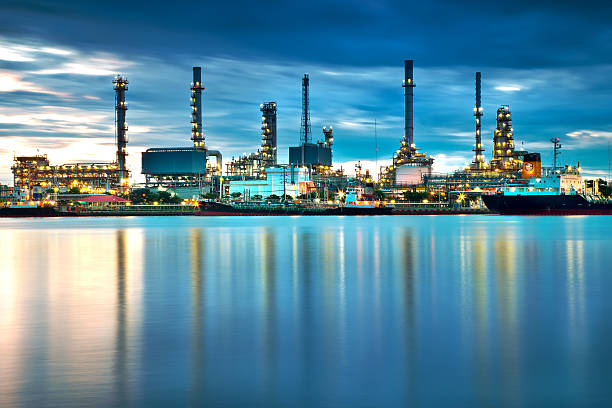Asia Pacific Leads MMA Market: Urbanization and Tech Manufacturing Drive Demand
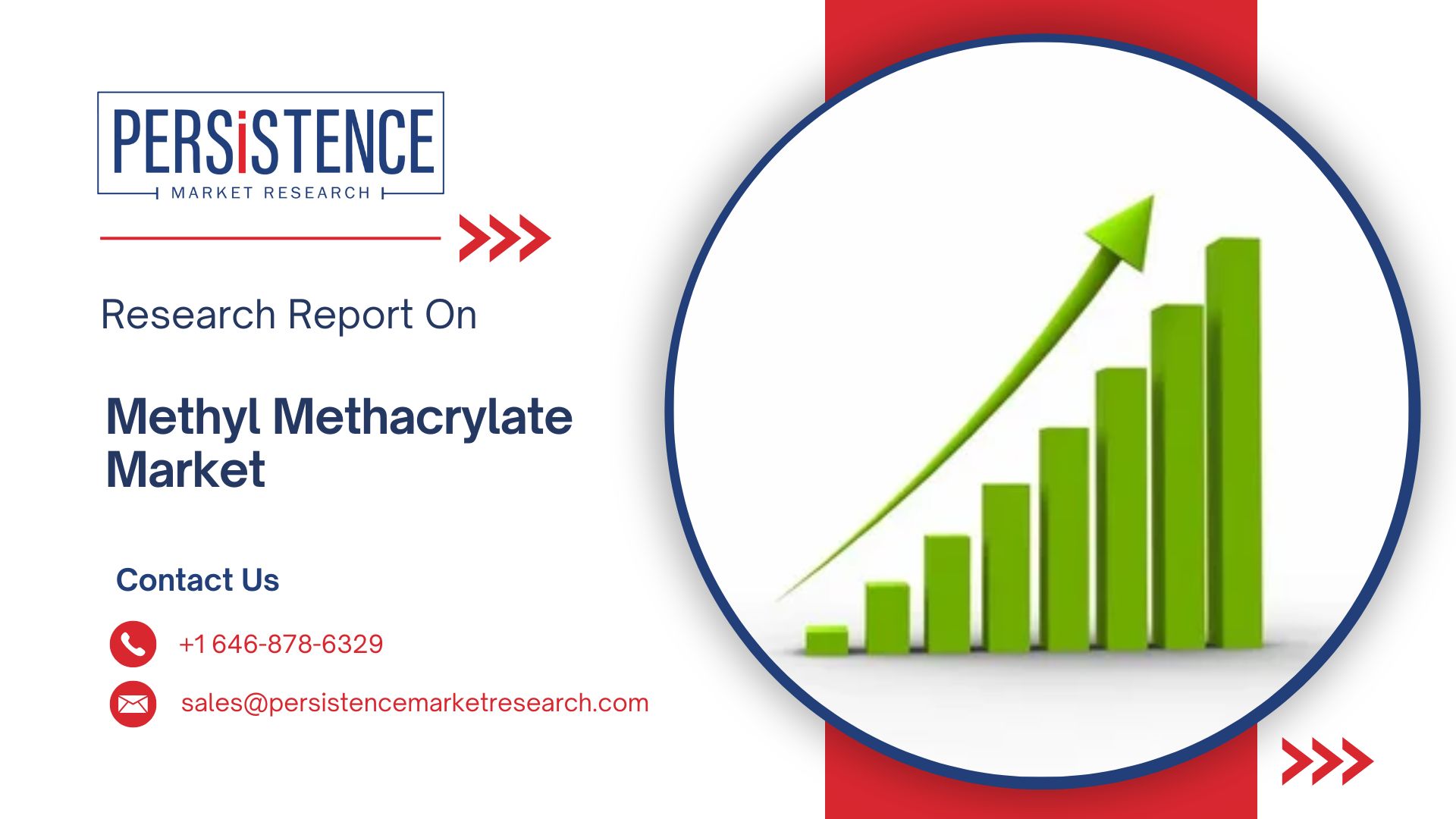
According to a recent study by Persistence Market Research, the global methyl methacrylate market is on a robust growth trajectory, projected to reach approximately USD 16.6 billion by 2025 and grow further to around USD 28.2 billion by 2032. This anticipated expansion represents a compound annual growth rate (CAGR) of 7.9% during the forecast period from 2025 to 2032. The market’s steady growth is driven by the wide-ranging applications of methyl methacrylate in industries such as automotive, construction, electronics, and medical devices. As the demand rises for materials that are lightweight, transparent, and highly durable, methyl methacrylate continues to strengthen its position as a vital component in modern industrial manufacturing.
Key Industry Highlights
- Polymethyl Methacrylate (PMMA) remains the dominant application segment due to its widespread utility in the construction and electronics sectors.
- Automotive stands out as the fastest-growing end-use industry, driven by the demand for lightweight and impact-resistant components.
- Asia Pacific is witnessing a sharp rise in MMA consumption due to infrastructure growth and expanding electronics manufacturing.
- Adhesive and sealant innovations leveraging MMA are improving performance in various end-use markets.
- Medical device development is opening new application avenues for MMA-based polymers.
- VOC emission regulations are encouraging the adoption of eco-friendly MMA alternatives.
- Expanding display technology continues to increase demand for MMA derivatives in electronics.
Market Overview and Growth Dynamics
The methyl methacrylate market is undergoing robust expansion driven by its unmatched clarity, weather resistance, and strength-to-weight ratio. These characteristics make MMA indispensable in producing PMMA and related polymers used in multiple sectors. As industries worldwide move toward lightweight, energy-efficient, and sustainable materials, MMA’s market relevance is surging.
In particular, the automotive sector is embracing MMA for its role in manufacturing lighter vehicle parts, helping reduce fuel consumption and emissions. At the same time, construction, medical, and electronics industries are finding new and innovative uses for MMA-derived materials.
Market Size and Forecast
- Market Valuation in 2025: USD 16.6 Billion
- Expected Market Size by 2032: USD 28.2 Billion
- Forecast CAGR (2025 to 2032): 7.9 Percent
- Historical CAGR (2019 to 2024): 7.0 Percent
Market Drivers
Demand for Lightweight Automotive Components
The growing use of PMMA-based components in vehicles is a major driver of MMA demand. Automakers are actively replacing glass and metal with lighter alternatives to meet fuel efficiency and emissions standards. MMA’s optical clarity and impact resistance make it ideal for headlamps, panels, and interior elements.
A significant milestone occurred in 2023 when Mitsubishi Chemical Group collaborated with Honda to develop a new PMMA material for auto body parts. Enhanced with rubber particles and utilizing colored additives, this material eliminates the need for paint, reduces emissions, and supports recyclability.
Market Restraints
Environmental Regulations and Recycling Challenges
Despite MMA's growing popularity, its environmental footprint poses challenges. Disposal and recycling of MMA-based products like PMMA require energy-intensive depolymerization under controlled conditions. Additives and dyes in final products further complicate recovery processes.
The lack of robust recycling infrastructure and the complexity of reclaiming MMA monomers have limited circularity. As a result, industries with sustainability mandates are cautiously exploring MMA usage, balancing performance benefits with environmental responsibility.
Market Opportunities
Rising Emphasis on Sustainable MMA Recycling
The demand for recyclable and bio-based MMA is opening up lucrative opportunities for market players. One area of strong growth potential is the medical device sector. Polymethyl methacrylate is gaining favor due to its optical properties, sterilizability, and biocompatibility. It is widely used in items such as intraocular lenses, bone cements, and diagnostic equipment.
In 2025, Arkema introduced its Advanced Bio-Circular polyamide 11 for medical applications. Derived from castor oil and containing over 98 percent bio-based carbon, this polymer offers excellent chemical resistance and reduces climate impact by up to 50 percent, aligning with global sustainability goals.
Application Insights
Dominance of Polymethyl Methacrylate
In 2025, PMMA continues to lead all application segments, finding strong use in both construction and electronics. Its strength, UV resistance, and molding versatility make it a preferred alternative to traditional materials in architectural features like skylights, windows, and signs. In electronics, PMMA is utilized in display components, light guides, and protective covers due to its clarity and dielectric properties.
Evonik Industries plays a key role in advancing PMMA applications. Its new multi-layer coextrusion plant in Weiterstadt, Germany, is producing the widest PMMA flat sheets in the world, catering to both architectural and industrial needs. Additionally, the Shanghai MATCH facility continues to supply PLEXIGLAS compounds for LED displays, reinforcing the importance of PMMA in high-tech applications.
End-Use Industry Insights
Automotive Sector as a High-Growth Segment
The automotive industry remains a key growth engine for the MMA market in 2025. With increasing regulatory focus on fuel efficiency and emission control, manufacturers are switching to MMA-derived materials to reduce vehicle weight while enhancing durability and performance.
PMMA’s ability to withstand environmental stress while maintaining optical clarity makes it suitable for use in headlamp covers, tail lights, and body panels. Evonik Industries' investments in PMMA production are directly aligned with this growing demand. Their new Weiterstadt facility is poised to meet the automotive industry's requirements for high-performance, multilayer PMMA films.
Regional Trends and Insights
North America
In North America, the shift toward low-VOC coatings is driving increased MMA adoption. This is especially prevalent in the automotive and construction sectors, where environmental compliance and durability are paramount. MMA-based coatings offer fast drying times, chemical resistance, and minimal emissions.
In 2025, BASF expanded its eco-friendly product line, introducing over 250 coatings products with biomass-balanced formulations under brands like ReSource and Glasurit Eco Balance. These innovations collectively reduced over 8 million kilograms of carbon dioxide emissions in 2024, reflecting a strong regional push toward sustainable manufacturing.
Europe
Europe is spearheading the move toward bio-based MMA driven by stringent regulations and heightened consumer awareness of sustainability. Companies in the region are focusing on using renewable sources and circular production techniques.
BASF made a strategic move in 2025 to transition its entire Ethyl Acrylate portfolio to bio-based inputs derived from European grains. This new variant offers a 30 percent lower carbon footprint and is fully compatible with existing manufacturing systems. The ISCC PLUS-certified biomass-balanced EA is a prime example of sustainable innovation in Europe.
Asia Pacific
Asia Pacific continues to lead in infrastructure development and electronics manufacturing, which are both major consumers of MMA-based materials. MMA-derived polymers are essential in electronics for applications such as display panels, lenses, and adhesives.
In 2025, LG Chem partnered with HL Mando to co-develop specialized adhesives for electronic components in vehicles. These new thermal gap fillers and insulating materials enhance the performance of driver assistance systems, thereby broadening MMA’s footprint in automotive electronics across Asia Pacific.
Competitive Landscape
The methyl methacrylate market is highly competitive, with several global players focusing on innovation, sustainability, and geographic expansion. Key companies invest significantly in R and D to develop specialized MMA and PMMA products that cater to the evolving needs of automotive, electronics, and medical sectors.
Major trends in the competitive landscape include:
- Strategic collaborations to enhance product offerings and reach new markets
- Increasing investments in sustainable, bio-based MMA production
- Capacity expansion, particularly in fast-growing markets like Asia Pacific
- Emphasis on cost-effective solutions by regional players targeting niche applications
Key Developments in 2024 and 2025
BASF is transitioning its Ethyl Acrylate portfolio to bio-based sources by Q4 2024, achieving a 30 percent lower carbon footprint using grain-based bioethanol.
LG Chem launched a 20,000-ton capacity pyrolysis oil facility in Dangjin, South Korea, in December 2024. This plant recycles marine waste and vinyl into pyrolysis oil for reuse in plastic production, further advancing circular economy efforts.
Companies Operating in the Methyl Methacrylate Market
Companies Operating in the Methyl Methacrylate Market
- DowDuPont Inc
- BASF SE
- Mitsubishi Chemical Holding Corporation
- Arkema
- Evonik Industries AG
- SK Panchal and Co
- LG Chem
- Monómeros del Vallés SL
- Nippon Shokubai Co Ltd
- Sumitomo Corporation
- Shanghai Huayi Group Corp Ltd
- Heilongjiang Zhongmeng Longxin Chemical Co Ltd
- Kowa India Pvt Ltd
Future Outlook
As industrial sectors prioritize lighter, safer, and more sustainable materials, methyl methacrylate is emerging as a vital component in next-generation products. Regulatory pressure, coupled with technological advancements in bio-based materials and recycling, is shaping a future where MMA plays a key role in circular economies.
In parallel, related sectors are also demonstrating similar growth trends. For instance, the global warp knitting machine market is projected to be worth USD 3.25 billion in 2025 and is estimated to grow to USD 4.50 billion by 2032, registering a CAGR of 4.8 percent during the forecast period. This indicates a broader industrial transformation favoring innovation, automation, and sustainability.
With a steady pipeline of innovation, regional expansions, and sustainability-driven shifts, the methyl methacrylate market is expected to remain dynamic and influential well into the next decade.
Explore more related market insights and reports by visiting our website.
- U.S. Prefabricated Steel Market
- Lithium Hydroxide Market
- Automotive Adhesives & Sealants Market
- Europe Polyolefin Foam Market
Note: IndiBlogHub features both user-submitted and editorial content. We do not verify third-party contributions. Read our Disclaimer and Privacy Policyfor details.



